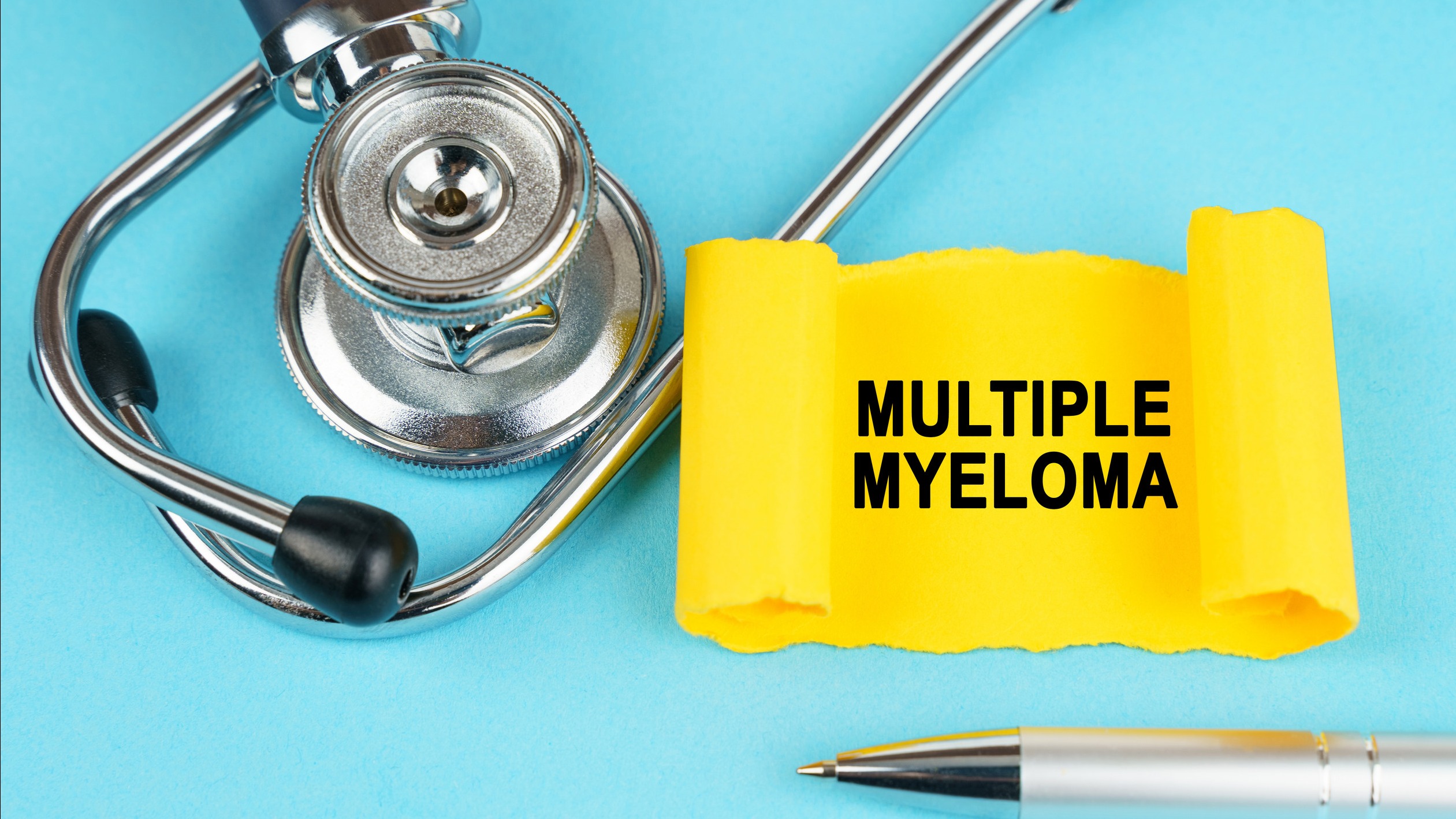
Revolutionary Findings in DLBCL Treatment
The recent results from the phase 3 POLARGO trial are causing a stir in the medical community, particularly for patients battling relapsed/refractory (R/R) diffuse large B-cell lymphoma (DLBCL). The combination of polatuzumab vedotin (Pola) with rituximab, gemcitabine, and oxaliplatin (R-GemOx) marks a significant advancement, providing hope for those who have exhausted conventional treatment options. Like a beacon of light, the data presented at the European Hematology Association (EHA) 2025 Annual Meeting underscores a 40% reduction in the risk of death, presenting a groundbreaking shift for patients deemed ineligible for stem cell transplantation.
What the POLARGO Trial Uncovered
Involving 270 participants who had already undergone at least one previous treatment, the trial showcased compelling statistics. The median overall survival (OS) improved dramatically—19.5 months for Pola-R-GemOx compared to 12.5 months for standard R-GemOx. This notable difference reflects the potential of combining current therapies to enhance patient outcomes. The overall response rate (ORR), which measures the percentage of patients whose cancer shrinks or disappears after treatment, was nearly double at 52.7% in the experimental group versus 24.6% for R-GemOx alone.
Understanding the Improved Survival Rates
The findings indicate not just improved statistics but a significant emotional impact on patients and their families. The two-year OS rates were reported at 44% for those receiving Pola-R-GemOx versus 33.2% in the traditional cohort. This reveals not only an increased likelihood of survival but provides patients and caregivers a more hopeful outlook as they navigate their cancer journey. The rise in progression-free survival (PFS) further supports this advancement—a median of 7.4 months compared to just 2.7 months for the existing treatment. What this means is remarkably simple: patients can achieve a longer period without disease progression, allowing for better quality of life during treatment.
Perspectives on Safety and Efficacy
While the enhanced efficacy provides reasons for optimism, it’s essential to recognize the accompanying challenges. Patients receiving Pola-R-GemOx experienced increased toxicity, with about 23.4% discontinuing treatment due to adverse effects, compared to 8% in the control group. This highlights an essential conversation about the balancing act between effectiveness and the side effects that accompany these powerful new treatments. Interestingly, the rates of serious adverse effects remained similar between both groups, emphasizing the need for vigilant management of side effects, particularly infections, which emerged as a critical complication for the Pola-R-GemOx group.
Broadening the Benefits of the Study
One of the most intriguing aspects of the POLARGO trial is its applicability across subtypes of DLBCL—a diverse cancer type that houses both activated B-cell (ABC) and germinal center B-cell (GCB) subtypes. The impressive survival benefit observed across these subtypes contrasts with previous studies and could lead to a re-evaluation of treatment strategies for patients previously believed to have limited options.
Hope for the Future of Cancer Treatment
The implications of the POLARGO study reach beyond single data points. It opens discussions on how integrated therapies can enhance outcomes for patients with complex cancer profiles. As medical professionals examine these findings further, there lies a greater opportunity to transform treatment paradigms in hematology, shining a light on the importance of clinical trials and comprehensive treatment approaches in the ever-evolving landscape of cancer therapy.
Call to Action: Embracing Hope
For health professionals, patients, and caregivers alike, staying informed about breakthroughs such as these is paramount. As these discussions become mainstream, consider engaging with healthcare providers to explore the potentials of combined therapies and advocate for participation in clinical trials. Together, we can navigate the path towards enhanced health and wellness in the face of adversity.
 Add Row
Add Row  Add
Add 




 Add Row
Add Row  Add
Add 

Write A Comment